Everything you need to know about specifications and performance - Audi Q7 2022 - 45 TFSI (261 Hp) quattro tiptronic 7 seats
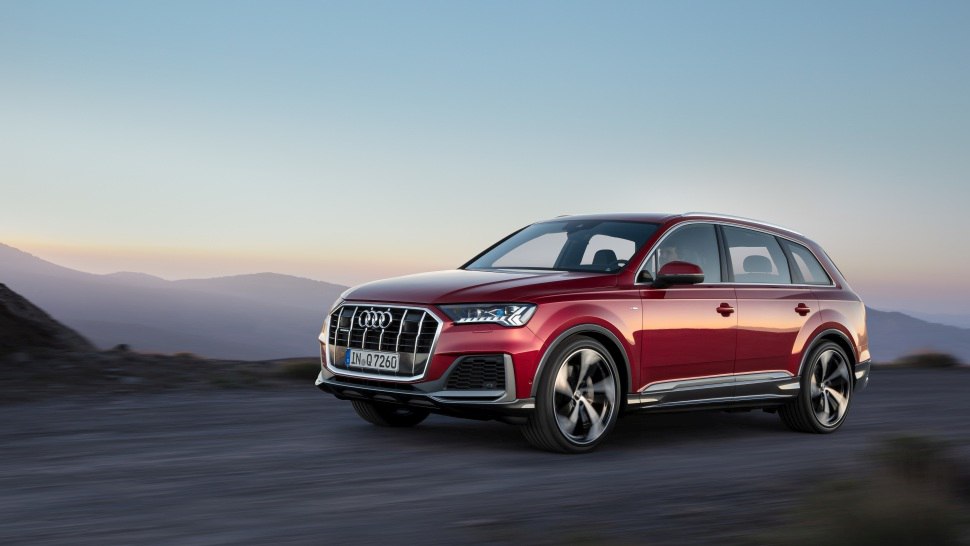
Overview:
What is the engine capacity of a Audi Q7 2022?
The engine capacity of the Audi Q7 2022 is 1984 cm.
Audi Q7 2022 How many horsepower?
The engine power of the Audi Q7 2022 is 261 Hp.
What is the Audi Q7 2022 engine?
Audi Q7 2022 engine is EA888 / DUVA. (Click to see other cars using the same engine)
How much gasoline does a Audi Q7 2022 consume?
The Audi Q7 2022 consumes 11.2 liters of gasoline per 100 km
General:
Brand: Audi
Model: Q7
Generation: Q7 (Typ 4M, facelift 2019)
Modification (Engine): 45 TFSI (261 Hp) Quattro Tiptronic 7 seats
Start of production: 2022
End of production:
Powertrain Architecture: Internal Combustion Engine
Body type:Sports Utility Vehicle (SUV)
Seats: 7
Doors: 5
Engine:
Engine systems: Start & Stop System
Power: 261 hp
Power per litre: 131.6 hp/l
Torque: 370 nm
Engine Model/Code:EA888 / DUVA
Engine displacement: 1984 cm
Number of cylinders: 4
Engine configuration: Inline
Number of valves per cylinder: 4
Fuel injection system: Direct injection
Engine aspiration: Turbocharger, Intercooler
Valvetrain: DOHC
Engine oil capacity: 5.2 l
Coolant: 10 l
Engine layout: Front, Longitudinal
Cylinder Bore: 82.5 mm
Piston Stroke: 92.8 mm
Performance:
Fuel Type: Petrol (Gasoline)
Fuel consumption (economy) - urban: 12.4 l/100 km
Fuel consumption (economy) - extra urban: 9.4 l/100 km
Fuel consumption (economy) - urban (EPA): 12.4 l/100 km
Fuel consumption (economy) - extra urban (EPA): 9.4 l/100 km
Fuel consumption (economy) - combined (EPA): 11.2 l/100 km
Fuel consumption (economy) - combined: 11.2 l/100 km
Maximum speed: 210 km/h, Electronically limited
Weight-to-power ratio: 8.3 kg/Hp, 120 Hp/tonne
Weight-to-torque ratio: 5.9 kg/Nm, 170.1 Nm/tonne
Acceleration 0 - 60 mph: 6.7 sec
Space:
Kerb Weight: 2175 kg
Max. roof load: 100 kg
Permitted trailer load with brakes (12%): 2000 kg
Fuel tank capacity: 85 l
dimensions:
Length: 5063 mm
Width: 1970 mm
Height: 1737 mm
Width including mirrors: 2212 mm
Minimum turning circle (turning diameter): 12.5 m
Powertrain, Suspension and Brakes:
Drivetrain Architecture: The Internal combustion Engine (ICE) drives permanently the four wheels of the vehicle.
Drive wheel: All wheel drive (4x4)
Number of gears and type of gearbox: 8 gears, automatic transmission Tiptronic
Front brakes: Ventilated discs, 376 mm
Rear brakes: Ventilated discs, 350 mm
Assisting systems: ABS (Anti-lock braking system)
Steering type: Steering rack and pinion
Power steering: Electric Steering
Tires size: 255/55 R19; 285/45 R20; 285/40 R21
Wheel rims size: 8.5J x 19; 9J x 20; 9.5J x 21
Front suspension: Independent multi-link suspension, Transverse stabilizer
Rear suspension: Independent multi-link suspension, Transverse stabilizer
See also
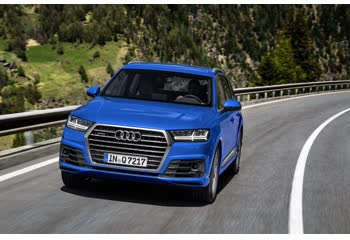
Other generation.
Its production began in 2015 until 2018
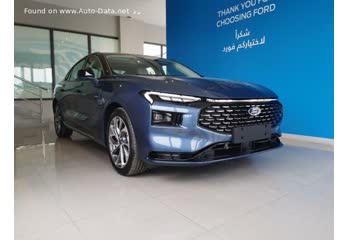
Same production year and almost the same engine capacity.
Its production began in 2022 until Now
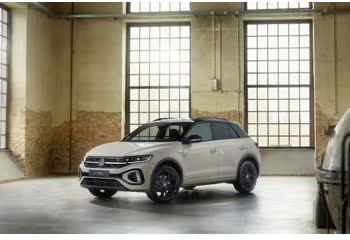
Same production year and almost the same engine capacity.
Its production began in 2022 until Now
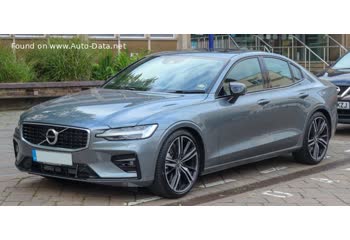
Same production year and almost the same engine capacity.
Its production began in 2022 until Now
Write a comment